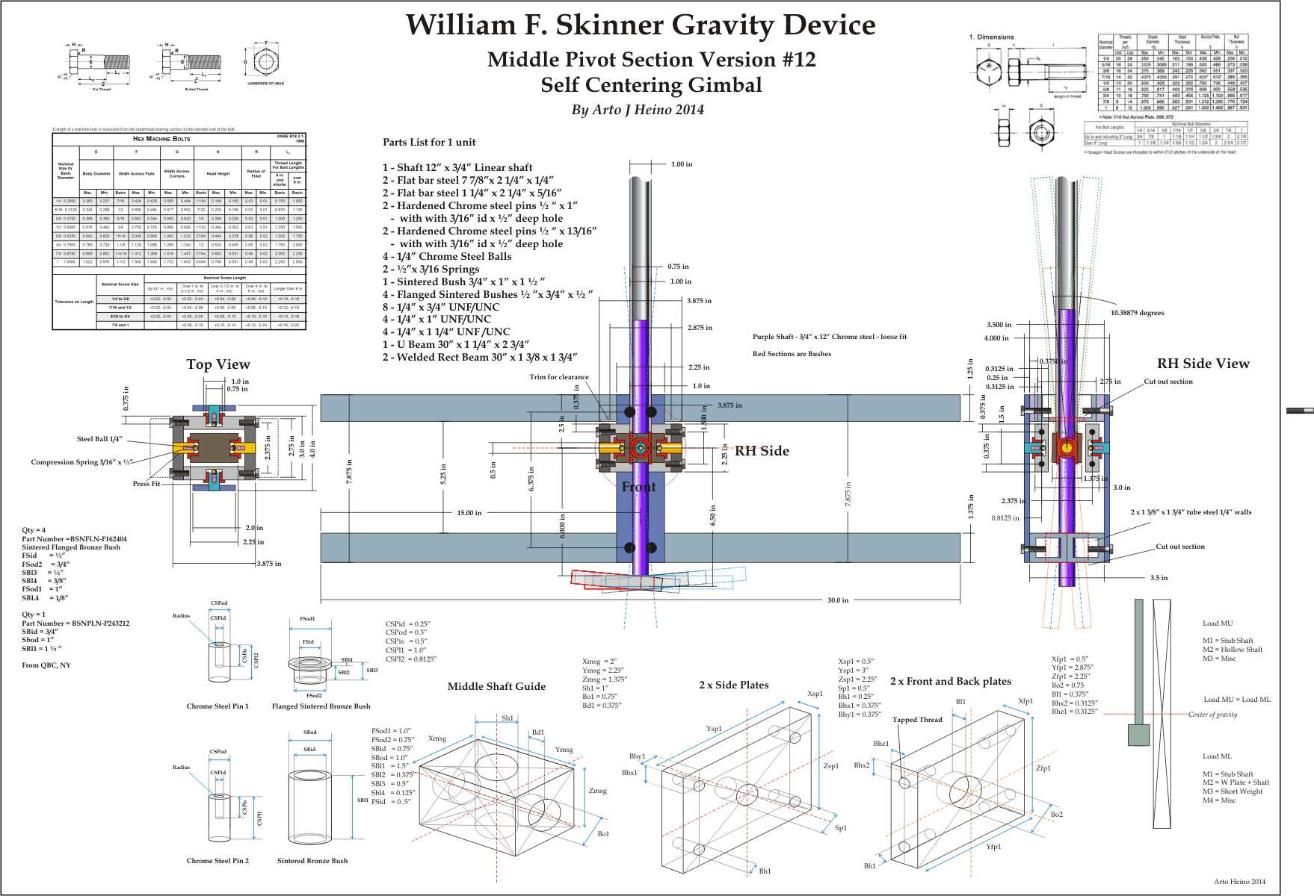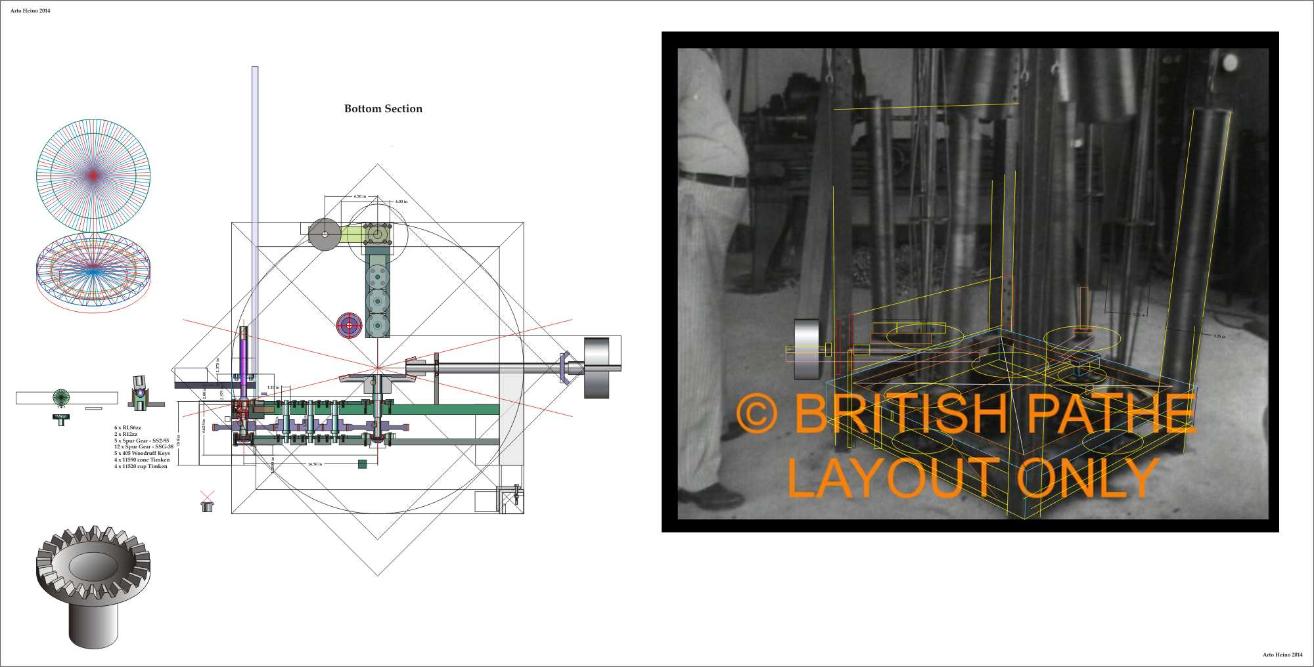Hi All,
Here are some of my last Skinner studies with my interpreted drawings, not finalized just preliminary layouts before actual build material and cost assessment. These should help some of those who have questions about some of the details. The top section is still incomplete in these drawings, the lower section with the arm and spinning weights have not been included.
I hope these partly finished detailed drawing can help other builders, regards Arto



















Leave a comment: